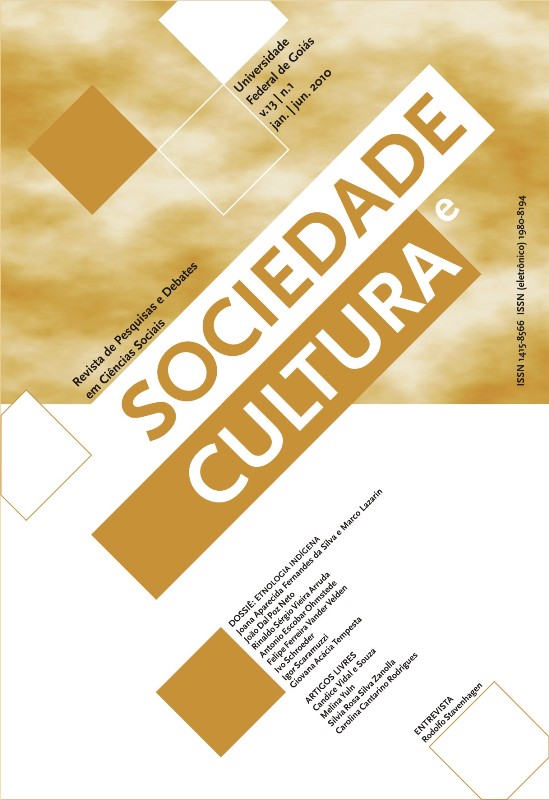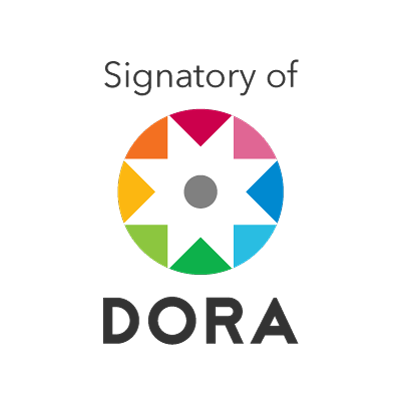The tamed “sertão”
DOI:
https://doi.org/10.5216/sec.v13i1.11177Keywords:
representation of the nation, “sertão carioca”, Magalhães Corrêa, geographic alterities, social thinking.Abstract
The purpose of this article is to analyze the book O sertão carioca, by Armando Magalhães Corrêa, published in 1936. This book is na account of the direct observation of the landscape and conversation with dwellers, combined with the illustrations by the author. Interested in the register of the physical geographic features, fauna and flora of the rural areas in the lowland of Jacarepaguá, the author emphasizes the crafts and lifestyles of the people living in those sertões beyond Barra da Tijuca. His description of the physical and social characteristics and the human types found in his journeys through areas close to Rio de Janeiro, the capital of the Republic at the time, discloses a sertão that was at the same time unknown and yet so close to the town. Our role is to reflect on the characteristics of the narrative of a sertão that is close by, curious and at the same time harmless to nationality, if compared to the untamed and far-off sertões, which are privileged spaces to the geographic eyes of Brazil.
Downloads
Downloads
Published
How to Cite
Issue
Section
License
Authors who publish in this journal agree to the following terms:
- Authors retain the copyright and grant the journal the right of first publication, the work being simultaneously licensed under the Creative Commons Attribution License, which allows the sharing of the work with acknowledgment of authorship and of the initial publication in this journal;
- Authors are authorized to enter into additional contracts separately, for non-exclusive distribution of the version of the work published in this journal (eg, publishing in an institutional repository or as a book chapter), with acknowledgment of authorship and of the initial publication in this journal;
- Authors are allowed and encouraged to post and distribute their work online (eg, in institutional repositories or on their personal page) at any point before or during the editorial process, as this can bring productive change as well as increases the impact and the citation of the published work (see O Efeito do Acesso Livre).



